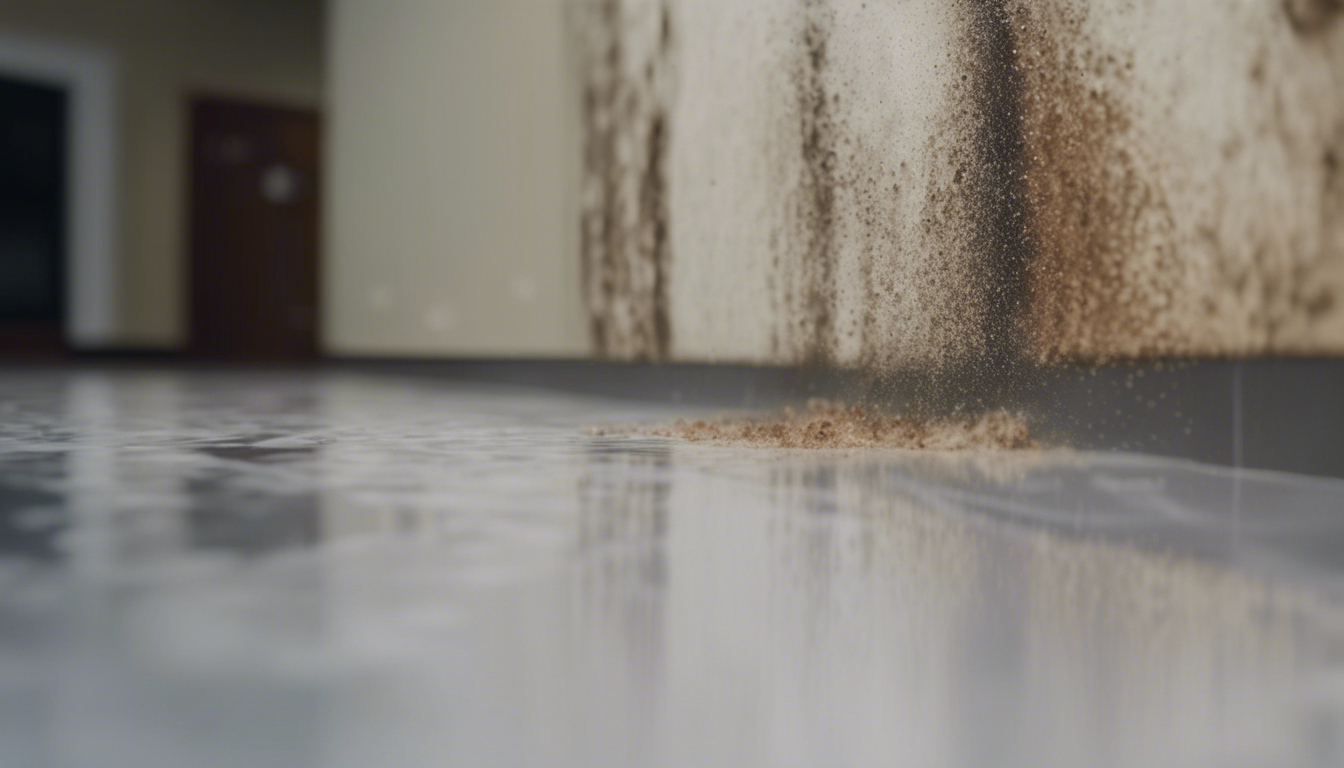Mold Removal vs Mold Remediation
When it comes to dealing with mold in your home, the terms ‘mold removal‘ and ‘mold remediation’ are often used interchangeably, but they entail different processes and outcomes. Understanding the distinction between these approaches is essential for effectively combating mold and preventing its recurrence. By exploring the nuances between mold removal and mold remediation, you can make informed decisions to safeguard your property and guarantee a healthier living environment.
Key Differences Between Mold Removal and Remediation
Understanding the distinction between mold removal and mold remediation is important for effective treatment when addressing mold issues.
Mold removal involves physically eliminating mold growth from surfaces, but it’s important to note that complete removal of mold is impossible as mold spores exist naturally in the environment.
On the other hand, mold remediation explores deeper into the science of mold growth, focusing on addressing the root cause of moisture that promotes mold infestation. Qualified restoration companies are trained to perform effective mold remediation by bringing mold levels back to normal, natural levels.
Unlike some companies that claim to eradicate mold completely, mold remediation aims to control and manage mold growth rather than eliminate it entirely.

Importance of Mold Removal Process
Ensuring thorough mold removal is crucial for safeguarding your property against structural damage and health risks associated with mold growth. When mold is present, it can weaken the structural integrity of your property, compromising its safety.
Additionally, mold poses significant health hazards, especially for individuals with respiratory conditions or allergies. Mold removal not only eliminates visible mold but also addresses hidden mold growth that may be present in walls, ceilings, or other concealed areas.
By removing mold promptly and effectively, you can prevent further damage and protect the indoor air quality of your home. Mold removal is a critical step in the restoration process following water damage or excess moisture in a property. It’s essential to prioritize mold removal to create a safe and healthy environment for you and your family.
Don’t underestimate the importance of thorough mold removal in maintaining a structurally sound and hazard-free living space.
Understanding Mold Remediation Procedures
To understand mold remediation procedures fully, it’s important to grasp the detailed steps involved in addressing mold damage effectively.
- The process begins with a thorough mold inspection to assess the extent of the mold damage.
- Containment measures are then implemented to prevent the spread of mold spores to unaffected areas during remediation.
- Air filtration systems are vital in capturing and removing mold spores from the air, improving air quality.
- Removal of mold and mold-infested materials is essential to eliminate the source of contamination entirely.
- Structural elements, such as walls and ceilings, are cleaned and restored as part of the mold remediation process to ensure the property is safe and habitable.
Factors Influencing Mold Remediation Costs
Factors that can influence mold remediation costs include the type of mold present and the extent of damage it has caused. Black mold, such as Stachybotrys chartarum, can greatly raise remediation expenses due to its toxicity and specialized removal requirements.
The more extensive the damage caused by mold growth, the higher the total cost of the remediation project will likely be. Mold that has spread behind walls can result in costly repairs and impact the overall remediation expenses.
Additional factors that can affect the total cost of remediation include addressing underlying issues that contribute to mold growth, conducting repairs, thorough cleaning, and implementing preventive measures for HVAC systems.
Prioritizing a thorough mold inspection to identify the type of mold present and evaluate the extent of damage is important in determining the necessary steps for effective and efficient remediation while managing costs.
DIY Vs. Professional Mold Remediation
With the right equipment and precautions, DIY mold remediation can be a suitable option for small areas under 10 square feet. However, when dealing with more extensive mold infestations or underlying issues like moisture sources and ventilation problems, it’s advisable to seek the expertise of professionals.
Professionals guarantee successful mold removal by addressing thorough issues that DIY methods may overlook, ultimately leading to a more effective and long-lasting remediation process. Acting promptly is vital as mold can quickly spread, causing wood rot and significant structural damage if left unchecked.
Additionally, professionals may incur additional costs for repairs, cleaning, and implementing preventive measures in HVAC systems to prevent mold regrowth. The duration of mold removal varies based on the severity of the infestation, with professionals typically taking 1 to 5 days on average to complete the remediation process thoroughly.
Choosing the right mold remediation company can provide peace of mind and ensure a safer, healthier environment for you and your family.
Conclusion
To summarize, grasping the key differences between mold removal and remediation is crucial for effectively managing mold growth in your property.
While mold removal focuses on physically eliminating visible mold, remediation addresses the root cause of moisture to prevent further growth.
Prioritizing mold remediation is important to safeguard your property from structural damage and maintain healthy indoor air quality.
Consider professional help for thorough and effective mold remediation to guarantee a safe living environment.
